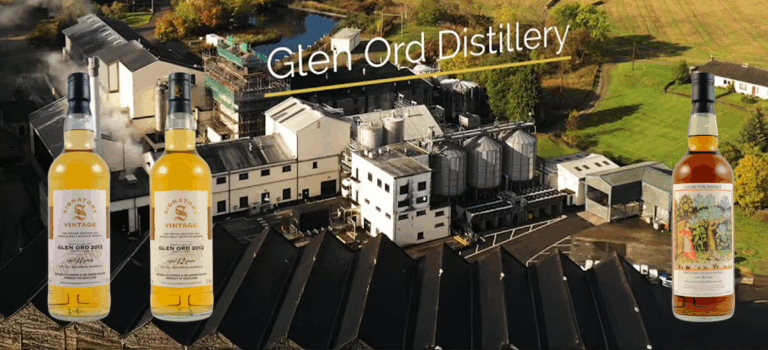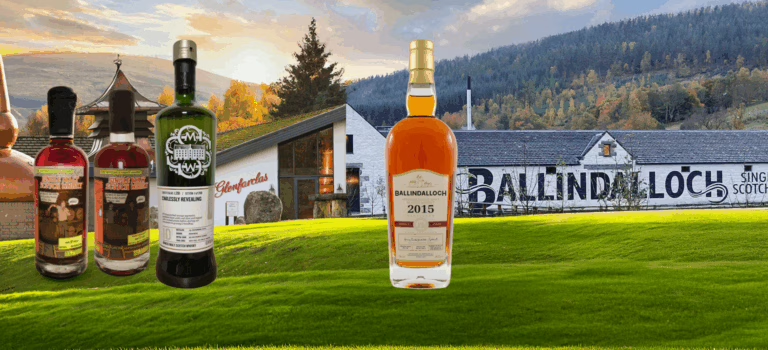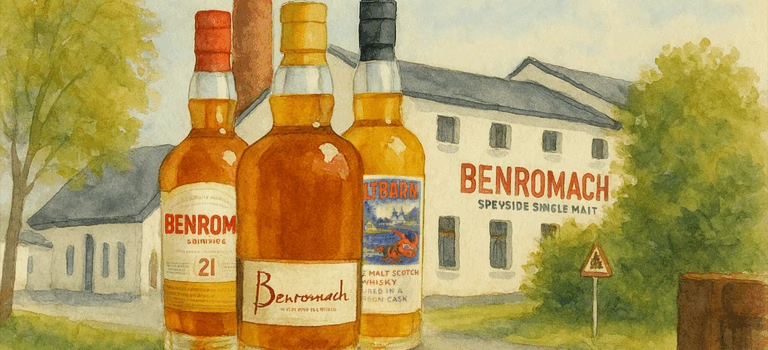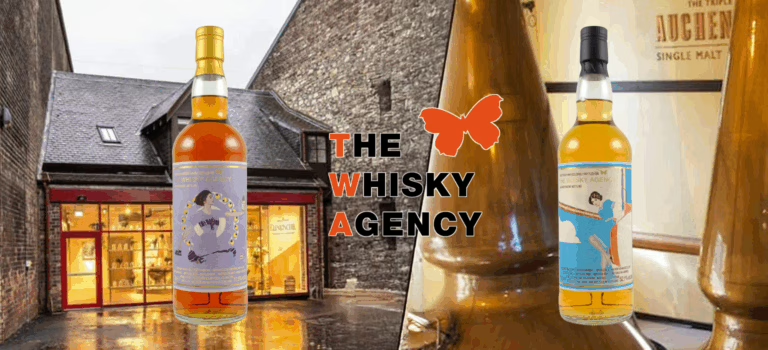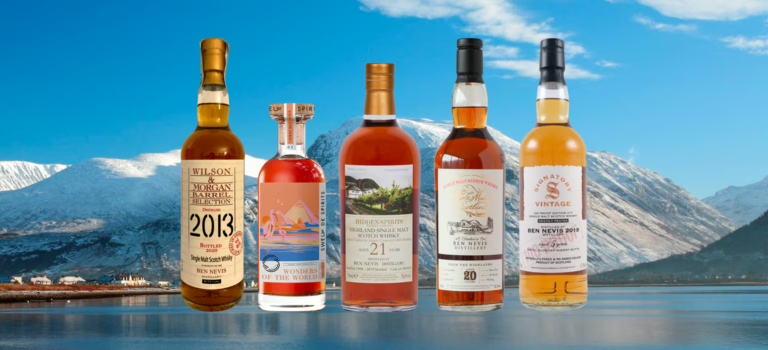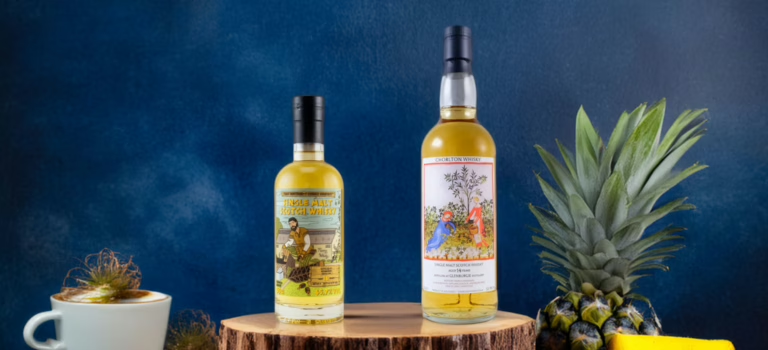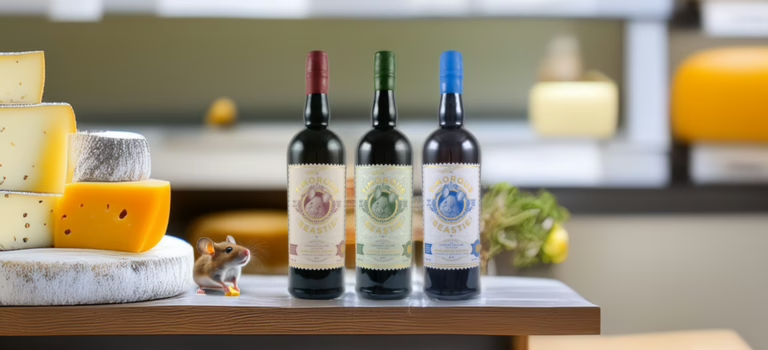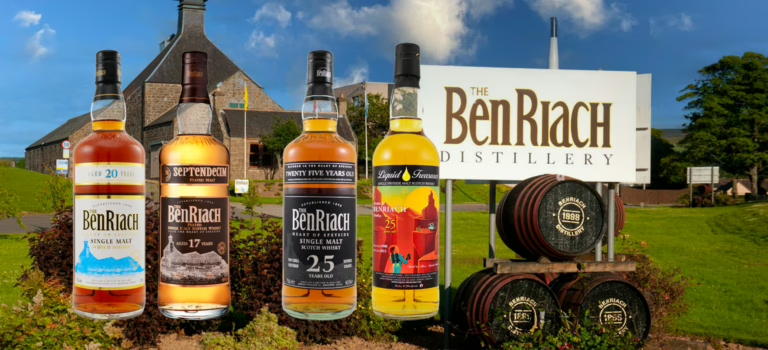As Loch Lomond recently released its ninth Distillery Edition, we are a little late, and try the Loch Lomond Distillery Edition #6. As a sparring partner, we’ve added a Croftengea 2006 from The Whisky Agency. Loch Lomond has been quite active these last few months, making the news a number of times, for instance with the opening of its new multi-million-pound Luss Distillery and visitor centre on the banks of Loch Lomond in October 2025. The new complex serves as a brand home for Loch Lomond whiskies, offers guided tours, tastings, and houses a gin distillery for their Ben Lomond brand. The facility aims to draw tourists and whisky enthusiasts to the region and showcases Loch Lomond’s portfolio, including Glen Scotia and Littlemill single malts. Loch Lomond Group also expanded into American whiskey this year with the acquisition of the New York Distilling Company. All the while continuing to release good whisky. But for now, let’s focus on these two: the Loch Lomond Distillery Edition #6 and the Croftengea 2006 The Whisky Agency.
Read more →
